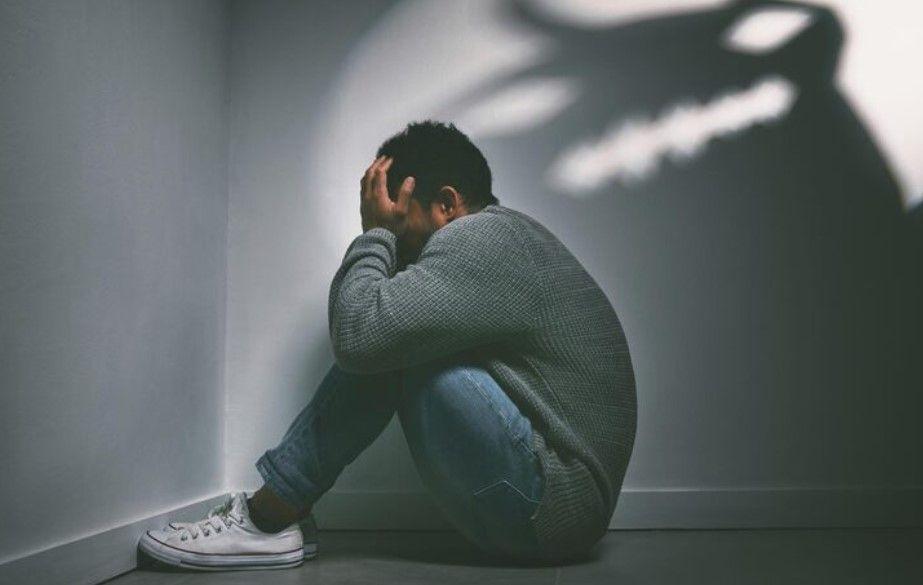ADHD in children vs. adults: similarities and differences
Attention-Deficit/Hyperactivity Disorder (ADHD) is a neurodevelopmental condition that affects people of all ages. While its core symptoms remain consistent—inattention, hyperactivity, and impulsivity—how these traits show up can look quite different between children and adults.

Shared Characteristics
Despite the age gap, children and adults with ADHD often grapple with similar challenges:
- Difficulty sustaining attention: Whether in a classroom or a work meeting, focus can be fleeting.
- Impulsivity: This may lead to blurting out answers or making hasty decisions without considering consequences.
- Disorganization: Trouble managing time, tasks, or belongings is common across age groups.
- Emotional dysregulation: Individuals may experience intense emotions that shift rapidly.
- Forgetfulness: Missing deadlines, forgetting appointments, or misplacing items occurs at all ages.
These overlapping symptoms stem from neurological differences in executive functioning, which controls things like decision-making, planning, and impulse control.
ADHD in Children
ADHD is most frequently diagnosed during childhood. In kids, symptoms tend to be more externally visible and disruptive:
- Hyperactivity dominates: They may fidget constantly, run around excessively, and struggle to stay seated.
- Impulsivity often leads to behavior issues: Acting out, interrupting others, and emotional outbursts are common.
- Academic struggles: Inattention can result in incomplete work and difficulty following instructions.
- Social challenges: Trouble interpreting social cues can make peer relationships bumpy.
Children are often dependent on caregivers and educators, which means symptoms are observed in structured environments like home or school.
ADHD in Adults
Many adults were either diagnosed late or not diagnosed at all in childhood. By adulthood, symptoms may evolve or become more internalized:
- Hyperactivity shifts into mental restlessness: Feelings of being "on edge" or having racing thoughts.
- Impulsivity may manifest in risky behaviors: Like overspending, speeding, or substance use.
- Chronic disorganization impacts career and relationships: Missed deadlines, poor time management, and forgetfulness can hinder success.
- Emotional sensitivity intensifies: Rejection sensitivity and mood swings are common.
- Coexisting conditions: Adults are more likely to experience anxiety, depression, or burnout alongside ADHD.
Unlike children, adults must self-manage their symptoms while juggling careers, relationships, and responsibilities—making undiagnosed ADHD especially challenging.
Why It Matters
Understanding the differences and similarities is crucial for accurate diagnosis and effective treatment. Children may benefit from behavior therapy, parental training, and school accommodations. Adults might turn to cognitive-behavioral therapy, coaching, medication, and lifestyle adjustments.
ADHD isn’t something people “grow out of”—it’s a lifelong condition that simply evolves. When recognized and supported, people with ADHD can thrive in every stage of life.
CATEGORIES












